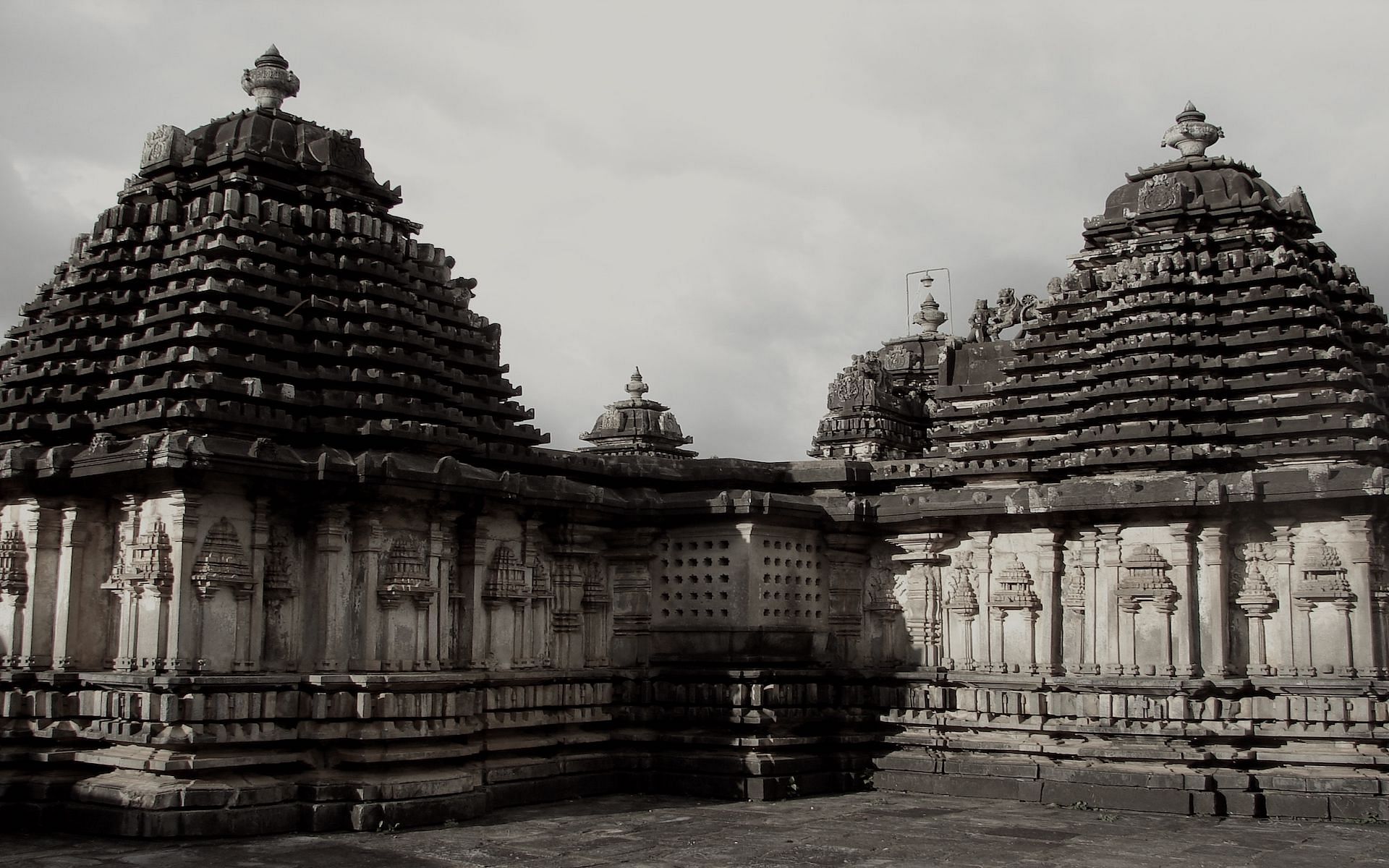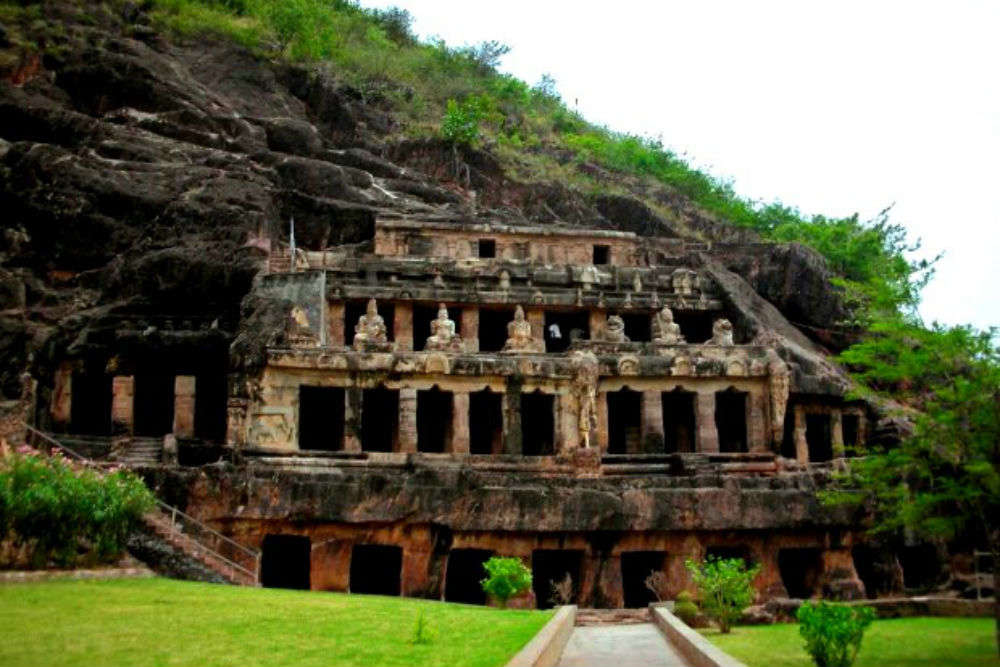Delightful Delhi, the capital city of India, has traditionally been the seat of administrative power of India. It is a bustling metropolis that is known to be devastated and rebuilt many times in written history.
Here several dynasties rose and fell, leaving monumental gifts to posterity. The Qila Rai Pithora, bequeathed by a Rajput King; the Qutub Minar, grand gesture of an Afghan King; the Red Fort that Shah Jahan, the great Mughal built; the ruined Old Fort, where once the wise King Sher Shah lived; the glorious Jama Masjid, an eloquent reminder of Mughal religious fervor; the tombs and mausolea in remembrance of ruling nobles and kings. It is all here to see, this slow march of history, carved in stone.
The old ‘Dilli is not one, but the seven cities Hindu and Mughal emperors gave India. The New Delhi, the eighth Delhi, Edwin Lutyens, and Herbert Baker gave India. This is the Delhi of a world that plans its every move. Moreover, in all its geometrical symmetry, Lutyens planned New Delhi when city planning was still in its infancy. However, despite all the planning that has gone into it, Delhi still has a majestic beauty and an old-world charm. The glories of the empires of ages past may be seen in its grand buildings, standing or ruins.
Today’s Delhi blends its historical past with a vibrant present. Far away from The Capital Of India, Delhi, a garden city that is one of the world’s most elegant capitals, Old Delhi is ever-present. Outstanding monuments, old and not so old, lie side by side besides crisp new office and residential buildings, harmonizing the past with the present.
Thus the city is an absolute delight for the tourist who wishes to learn about the past and present of India and Indian people. Mirza Ghalib, the world-renowned poet and son of Delhi, has rightly described this fantastic city as “the soul in the body of the world.”
For any doubts, feel free to ask on Quora, a social question-and-answer website.
Also, have a look at our various monthly issues.
Regards
Khushi Anand




